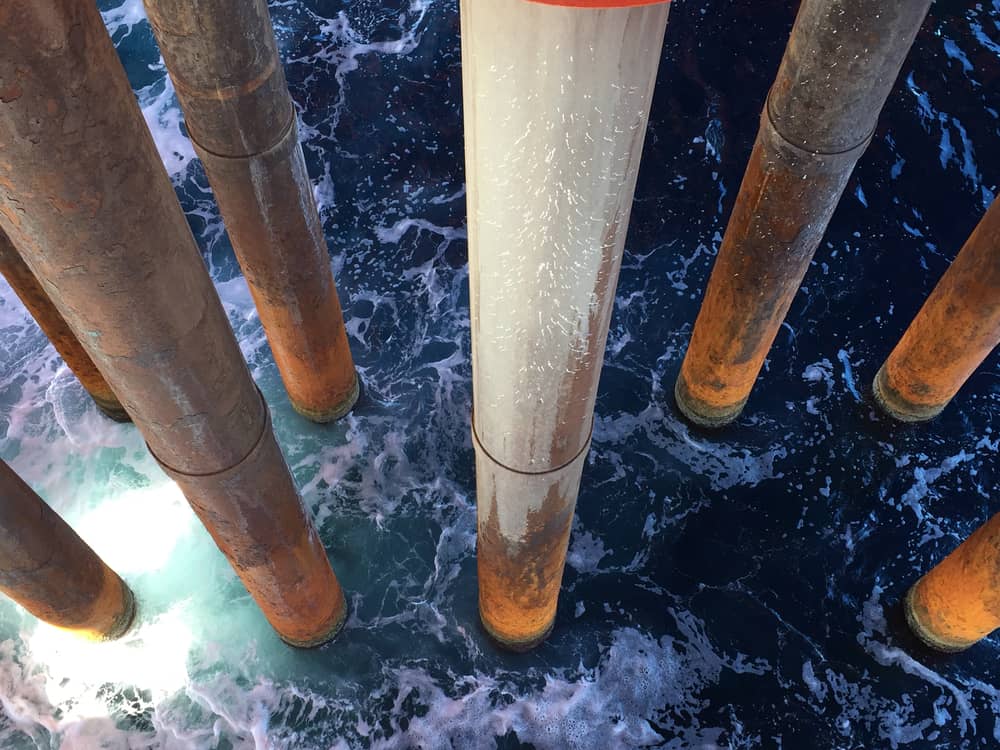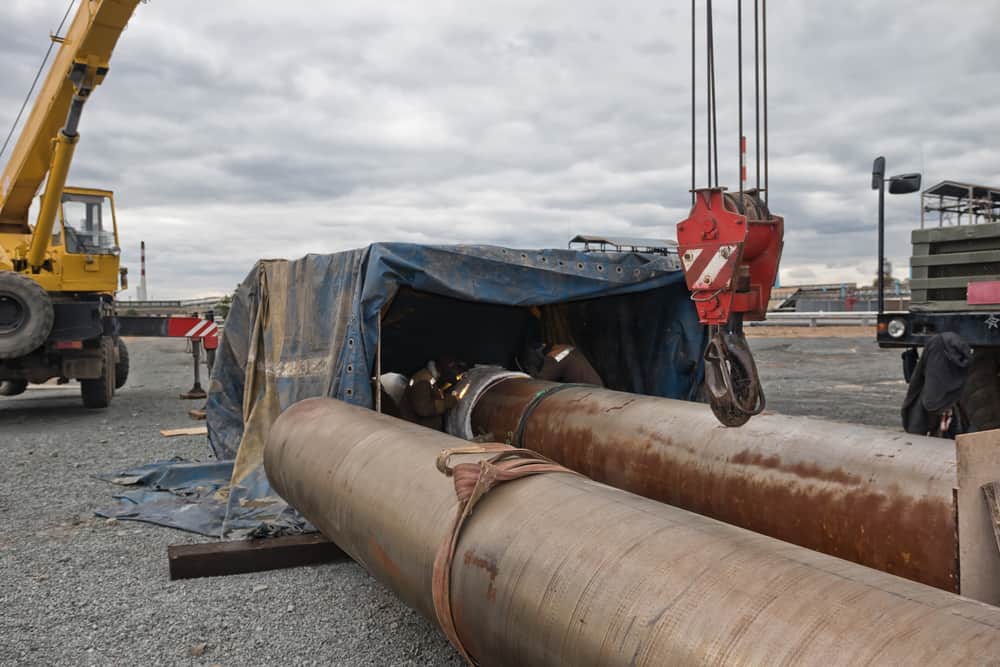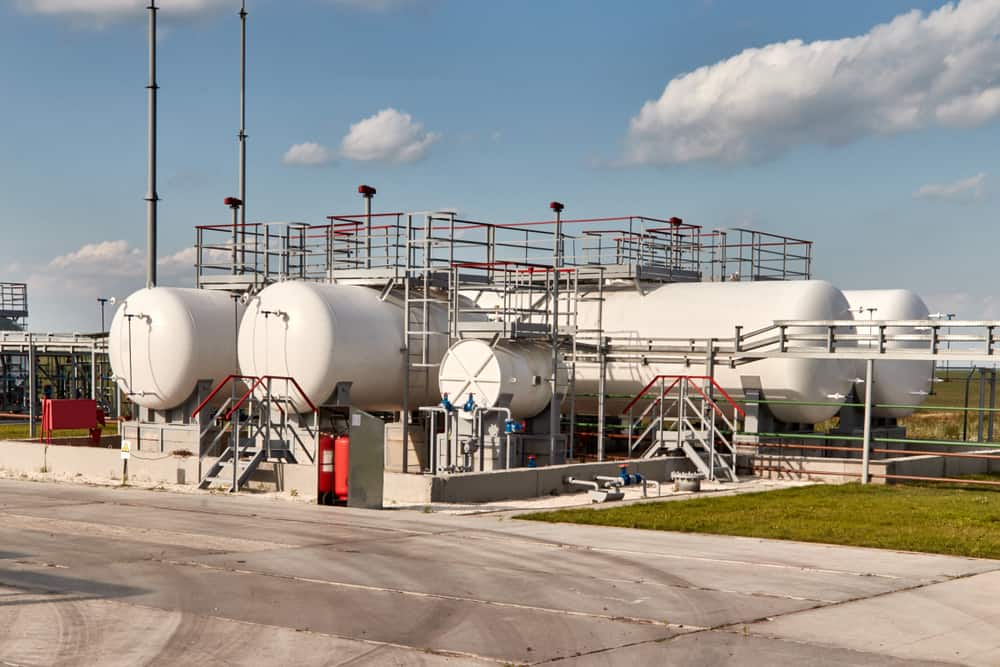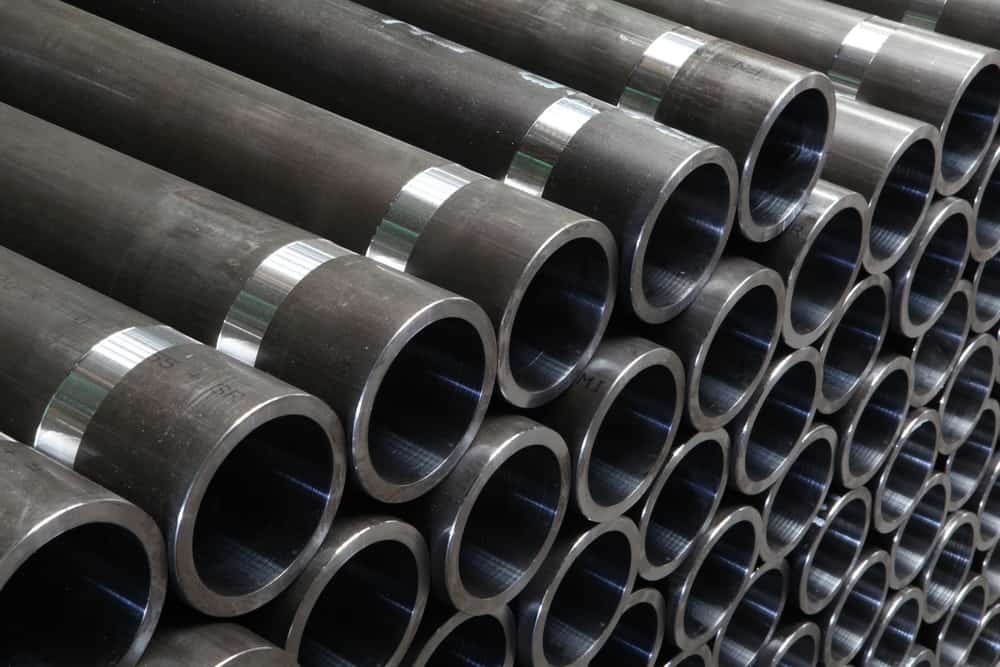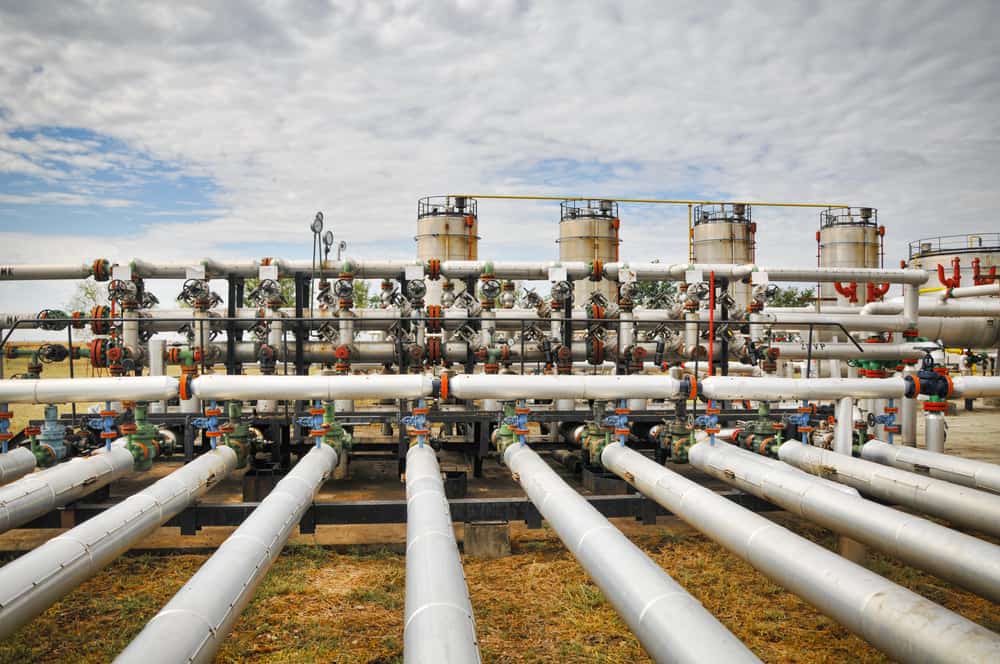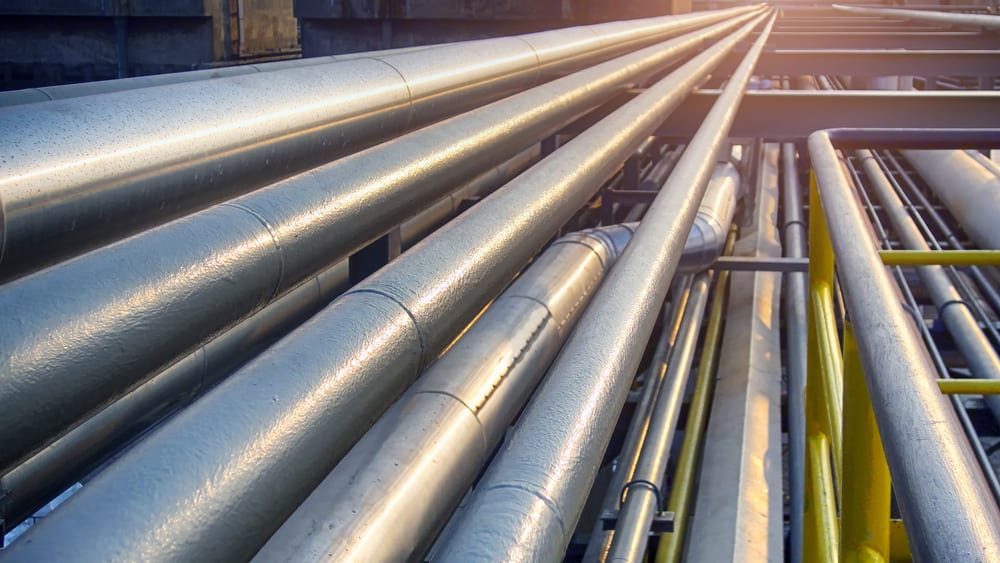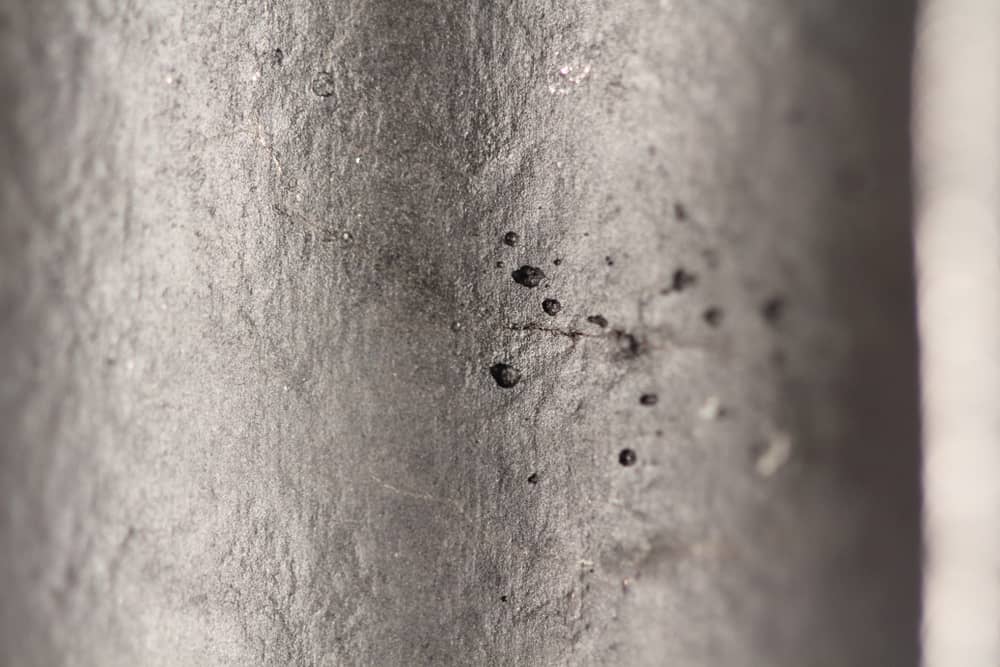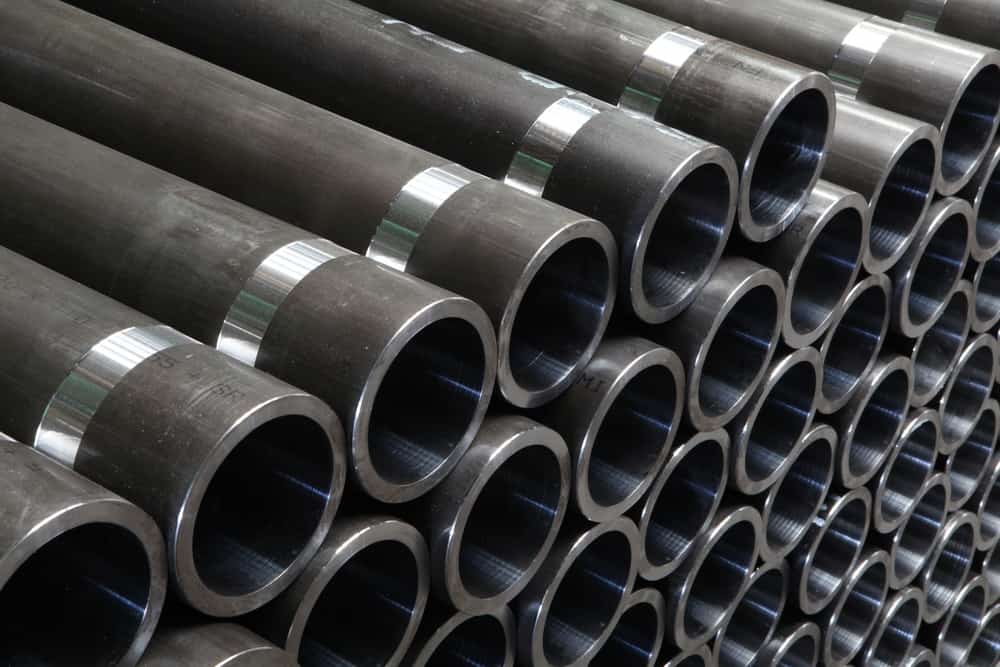
The term “carbon steel” refers to steels with varied carbon concentrations. As one of the most widely used metals, carbon steel occurs in daily applications ranging from simple household appliances to bridges and pipelines. The popularity of carbon steel is attributable to its strength and toughness, as well as its…

